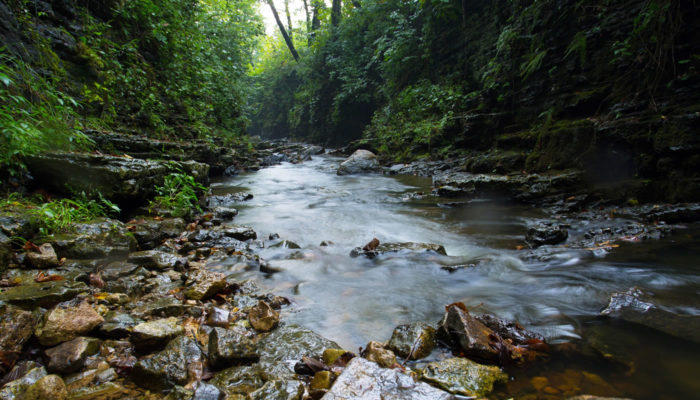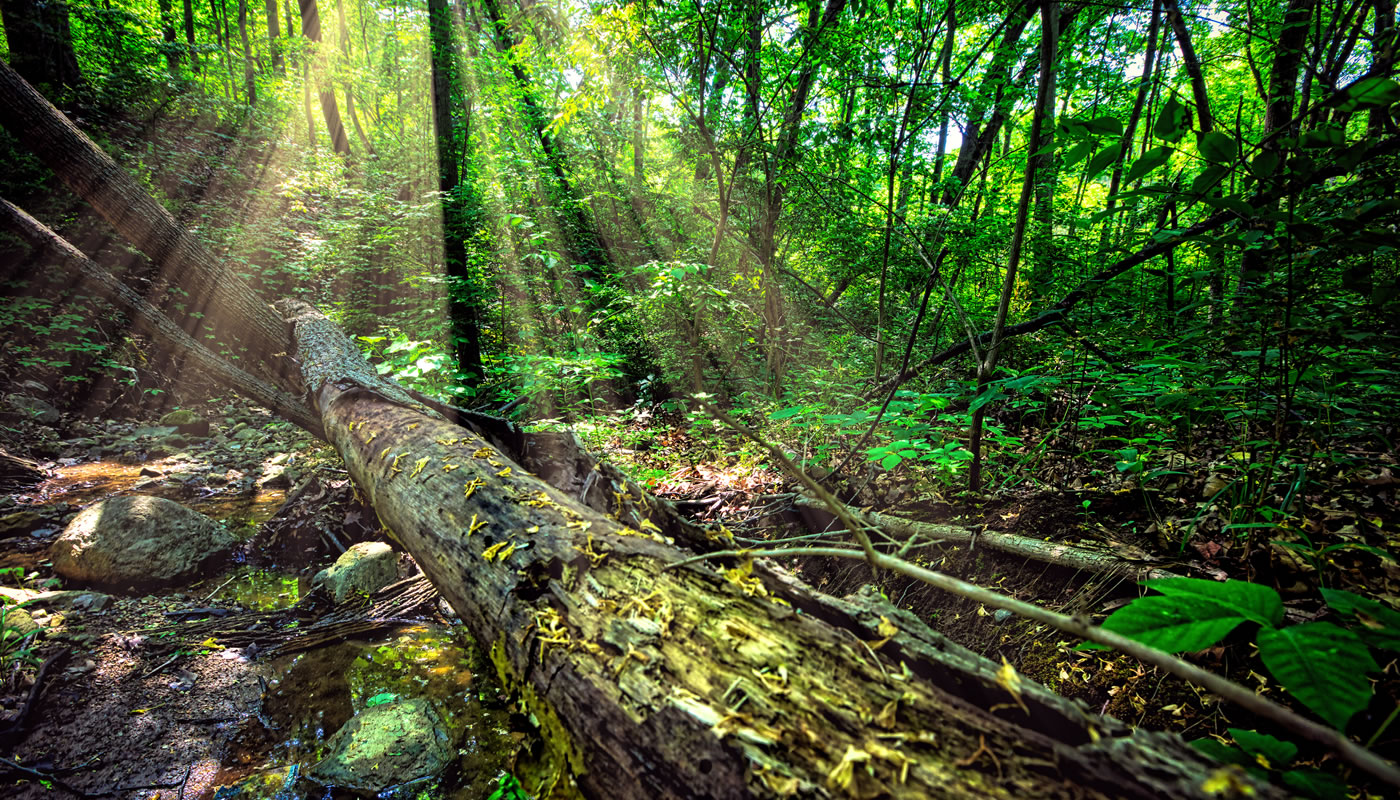The Forest Preserves of Cook County has 27 Illinois Nature Preserves and six Illinois Land and Water Reserves, totaling approximately 10,968 acres, the most of any local agency in the state.
On this page:
- What is an Illinois Nature Preserve?
- Nature Preserve List
- Land & Water Reserve List
- Illinois Nature Preserves Commission

What is an Illinois Nature Preserve?
Illinois Nature Preserves protect rare plants, animals and other unique natural features—including now uncommon ecosystems like tall grass prairies, oak savannas, sandstone bluffs, wetlands and bogs.
- Illinois Nature Preserves are public and private lands voluntarily dedicated into the internationally acclaimed Illinois Nature Preserves System.
- These high-quality natural areas and habitats of endangered and threatened species are permanently protected by state law.
- The Forest Preserves of Cook County has 27 Illinois Nature Preserves and six Illinois Land and Water Reserves, totaling approximately 10,968 acres, the most of any local agency in the state.
Why Are They Special?
Without the protection provided by the Illinois Nature Preserves System and the Forest Preserves of Cook County, many of Illinois’ plants, animals and ecosystems would be lost forever.
- Over 900 species of endangered and threatened plants and animals are protected in Illinois Nature Preserves across the state.
- Beyond providing vital habitat for native plants and animals, they are also valued for their contributions to scientific research, education and public health and recreation.
- These are the last remnants of landscapes that evolved after the last ice age and covered Illinois until the U.S. Federal Government and settlers pushed Native Americans out of the area, leading to expansion of urban, industrial and agricultural land use. Today, 0.1% of Illinois’ land reflects these historical natural conditions.
Protecting as many remaining natural areas as possible is critical in the face of constant pressure from development, invasive species and climate change.

Nature Preserve List
The Illinois Nature Preserves Commission designates the highest quality natural areas in the state as Illinois Nature Preserves. This status includes increased levels of legal protection and management.

Land & Water Reserve List
The Forest Preserves of Cook County has six Land and Water Reserves. This state designation provides special protections, though at a lower level than a Nature Preserve.
Illinois Nature Preserves Commission
The Illinois Nature Preserves Commission (INPC) is part of the Illinois Department of Natural Resources.
The mission of the Illinois Nature Preserves Commission (INPC) is to assist private and public landowners in protecting high quality natural areas and habitats of endangered and threatened species; in perpetuity, through voluntary dedication or registration of such lands into the Illinois Nature Preserves System. The Commission promotes the preservation of these significant lands and provides leadership in their stewardship, management and protection.

